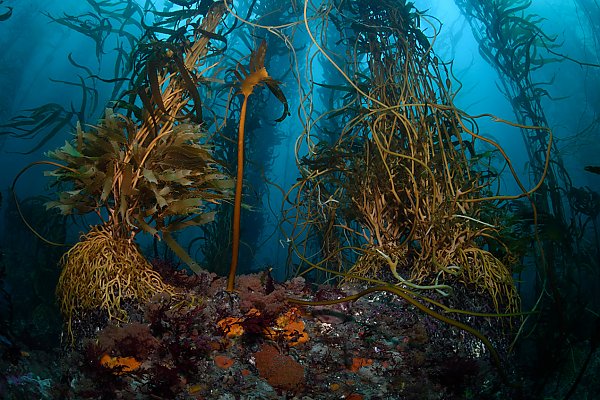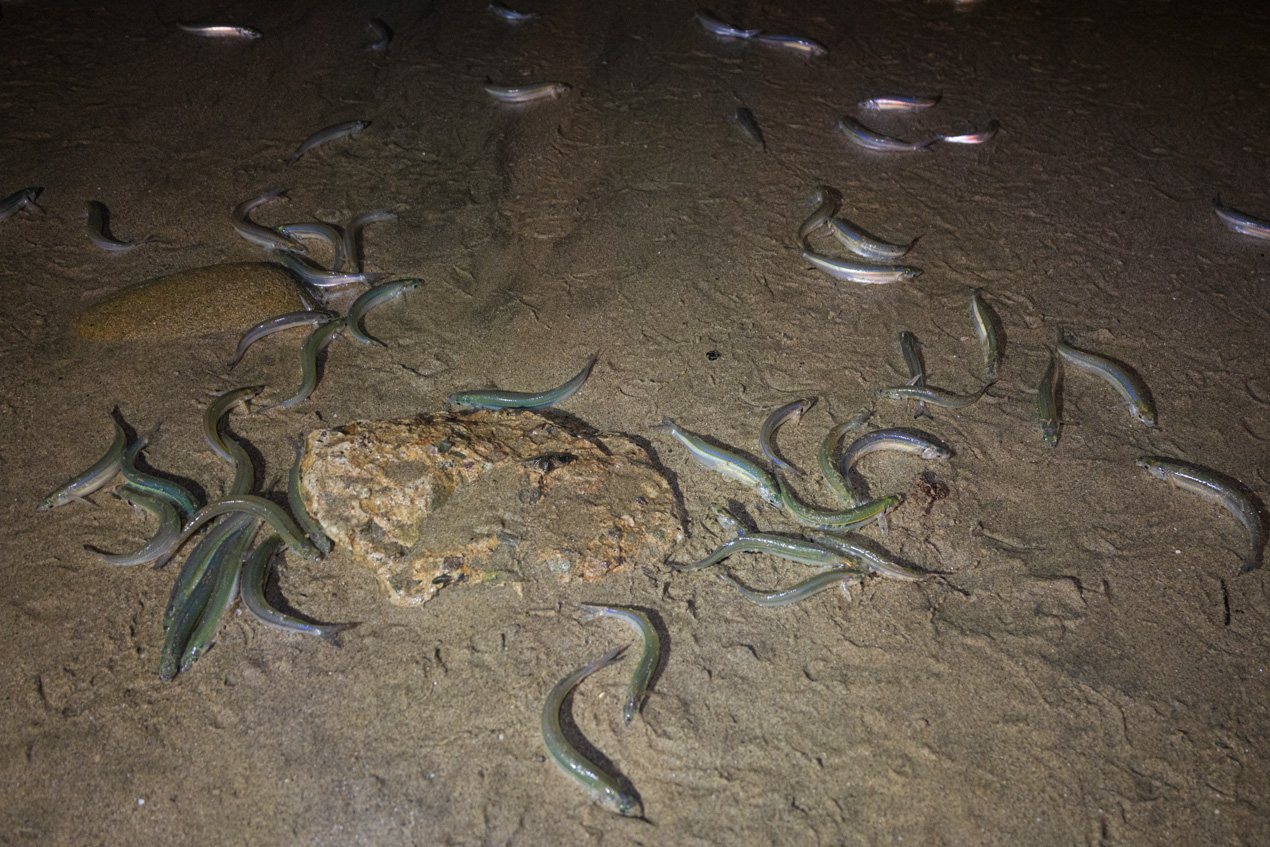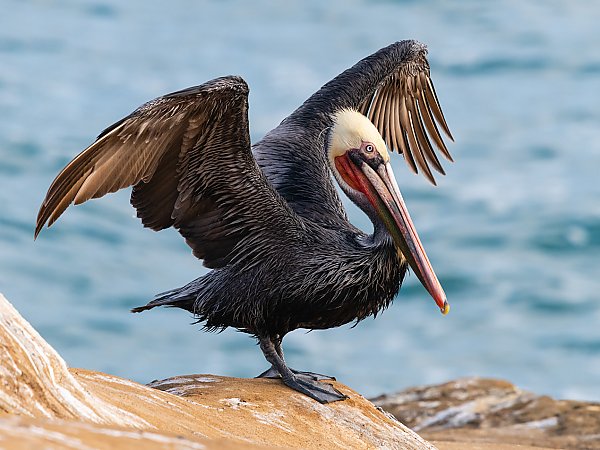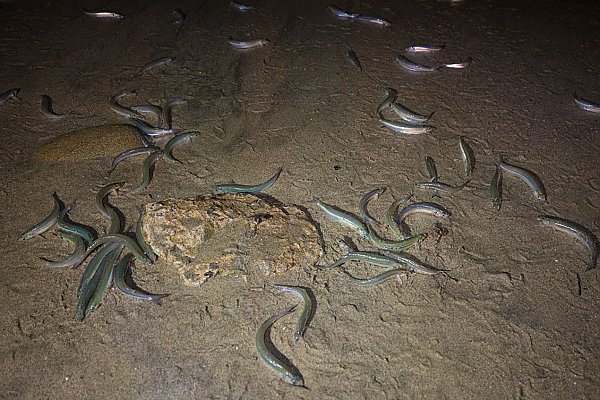

Community Science: Populace Supporting Conservation
Late at night under a full moon, a group of people patrols the beach along the water’s edge. Normally beaches are closed after dark, but not for these visitors. They are volunteer participants in a community science initiative for California grunion – a six-inch long, silvery fish that is found only from Baja, Mexico to central California.
During new and full moons between March and August, grunion come surfing out of the water to mate on the wet sand. These volunteer Grunion Greeters come from all walks of life, and are the primary source of what we know about population trends for this native, endemic fish species.
There are too few grunion for a commercial market for grunion, and they are not often caught by traditional fishing gear, so resource managers simply do not know their population size. Although there is a recreational fishery for California grunion, no reports of catch are required. Starting in 2002, a partnership between scientists and public volunteers arose to fill the information gap. Grunion Greeters are volunteers who are trained and supervised by scientists at Pepperdine University to collect data during spawning evenings. The volunteers estimate the number of fish and the duration of the run that they see onshore as they walk the beach, and submit their data online. Their late night counts are the only long-term data available for the elusive grunion. Thanks to this effort, we now know the species has made a northward range extension in recent years, but has declined in abundance. This information was recently used by the California Fish and Game Commission to extend the closed season an additional month, and to set a new bag limit on recreational harvest of the grunion.
Community science is the term used to describe scientific research conducted by individuals participating on a volunteer basis, outside of their own professional expertise. Community science projects are generally designed and overseen by scientists, with the aim of recruiting public assistance in the form of collecting field data, ground truthing satellite images, or assisting in the maintenance of study areas. The practice of amateur-led or self-funded scientific research has a rich history, with most science before the late nineteenth century being conducted by non-professional scientists.
Modern community science programs help scientists overcome various obstacles in gathering and processing data. Most notably are funding, time, and the ability to cover broad areas. By having the general public collect data, staff costs associated with fieldwork can be reduced. In parallel, the time period and area of observations also are dramatically expanded with more people in the field across a wider range of time. In short, more eyes, across more varied space and time, means more information which can yield a richer understanding of the research subject. Involving community members in data collection helps researchers better understand the local human population and encourages community support for scientific projects and related management efforts. Involvement builds relationships and demonstrates the value that different contributors can have to a shared goal.
iNaturalist is a perfect example of this crowdsourcing benefit and of how any person, anywhere can contribute to science. iNaturalist is “an online social network of people sharing biodiversity information to help each other learn about nature.” Individuals snap a picture of a plant or an animal to record its presence and geographic location. They can also use the tool to get help in identifying what the animal or plant is if they don’t already know. Since its founding in 2011, the number of contributors to iNaturalist has steadily grown, as has the number of observations from contributors. In July 2023, the platform achieved 150 million total observations. The traditional science world regularly leverages this wonderful biodiversity database; to date over 4000 peer reviewed papers have been published using iNaturalist data. A recent publication used iNaturalist observations to demonstrate that nearly all mammals in North America have ranges that differ from those used by the ‘experts’, such as the International Union for Conservation of Nature (IUCN). Further the researchers suggest that these data can be used to test the effects of climate change and the occurrence of range shifts, moving the theoretical into reality.
Skeptics of community science suggest that data quality or accuracy is reduced when collected by non-scientists. However, careful curation of data collection protocols can mitigate this impact, as well as, application of data to only appropriate research questions (an example of which is the San Gabriel River sea turtle monitoring program- see callout box). Scientific literature is increasingly supporting expanded use of community science data, and groups that were formerly wary of community science data are now embracing it, including the U.S. Government.
Since 2012 citizen science volunteers at the Aquarium of the Pacific (AOP) have been monitoring green sea turtles in the San Gabriel River in partnership with the National Oceanographic and Atmospheric Administration (NOAA), Tidal Influence (a consulting firm), and the Los Cerritos Wetlands Authority. Turtles were likely drawn to the river by warmer waters adjacent to the Alamitos Energy Center and Haynes Generating Station power plants. Scientists wanted to better understand the turtles’ presence, so in 2010 a partnership was formed between NOAA, the Los Cerritos Wetland Authority, Tidal Influence, and AOP. Since then, once a month, AOP volunteers stand at fixed monitoring locations along the river and count surfacing turtles from 9-9:30am. The data collected are the most comprehensive information about this local turtle population – particularly its habitat use within the San Gabriel River. Although the collected data are not able to provide a robust population estimate on their own due to the collection methods, federal authorities, like NOAA, are using the data to inform regulations to conserve the species.
Each of the examples mentioned in this article so far are relatively new – 21st Century. But community science goes back far longer than the last 25 years. Audubon’s Christmas Bird Count started in 1901. Annually across 2 weeks at the end of December, volunteers and scientists alike in North America record all the birds they observe (hear or see) in a fixed area of their local habitat in a single day. The data are used to study how bird populations are changing over time, and inform their management including at the federal level. The data are public so anyone can review and use them to assist in answering their research questions. Hundreds of articles have been published using the data (a bibliography can be found on Audubon’s website). For many species, it may be the only long-term monitoring data. These data are also reported to eBird, another community science platform, run by Cornell University. [All birds in the Report Card are included in Audubon’s Christmas Bird Count.]
Opportunities for crowdsourced scientific participation are expanding with technology advances, particularly capabilities of mobile phones. Their high-quality cameras, ability to be submerged, and audio software have opened many opportunities for automatic identification of species. This then supports the ability for real-time response to observations by experts and other decision-makers. Get out there and join the community science movement.


